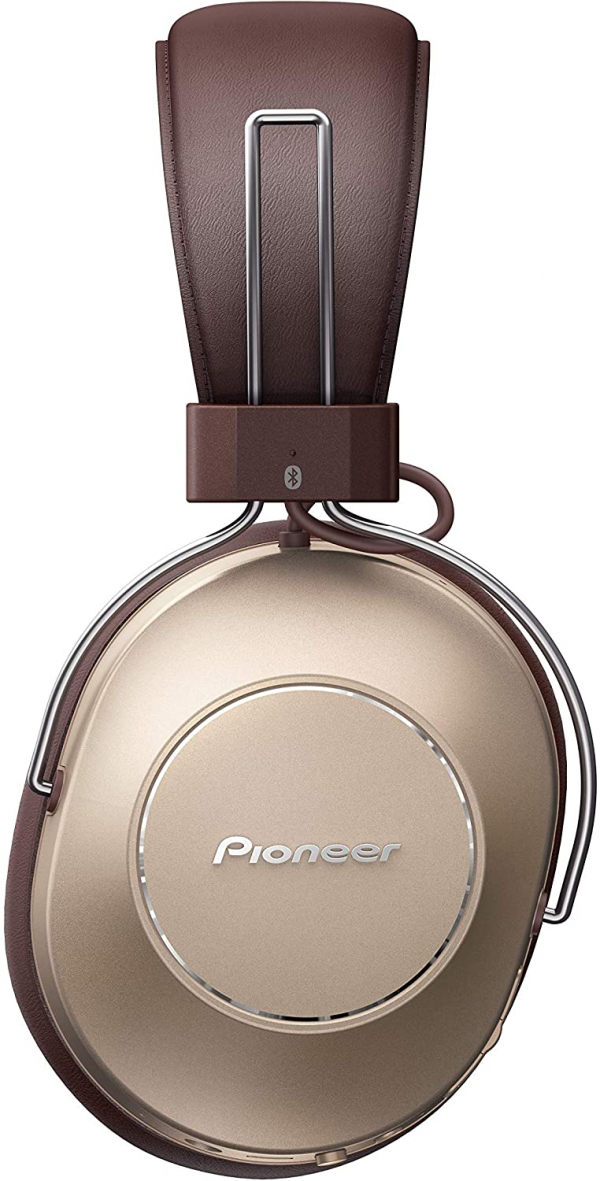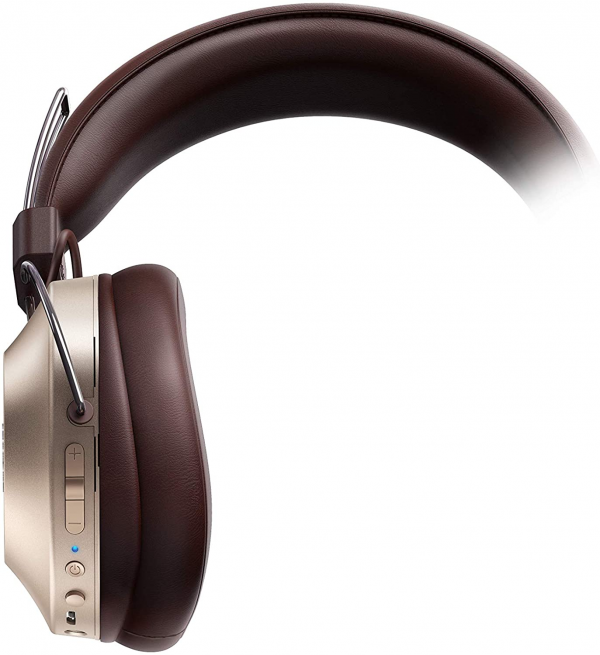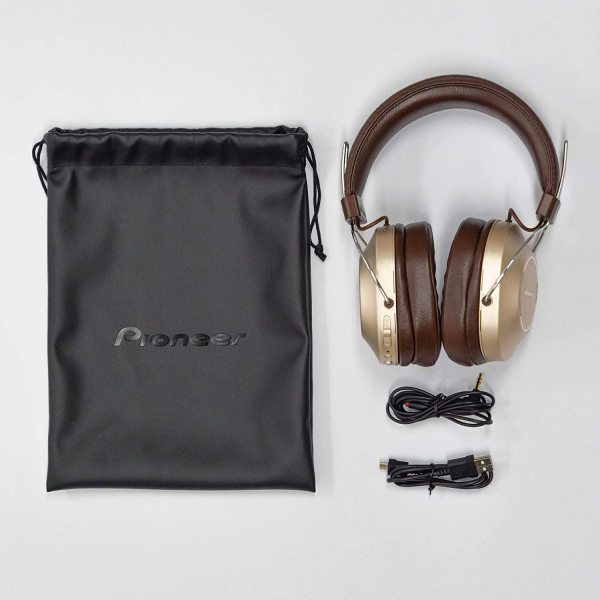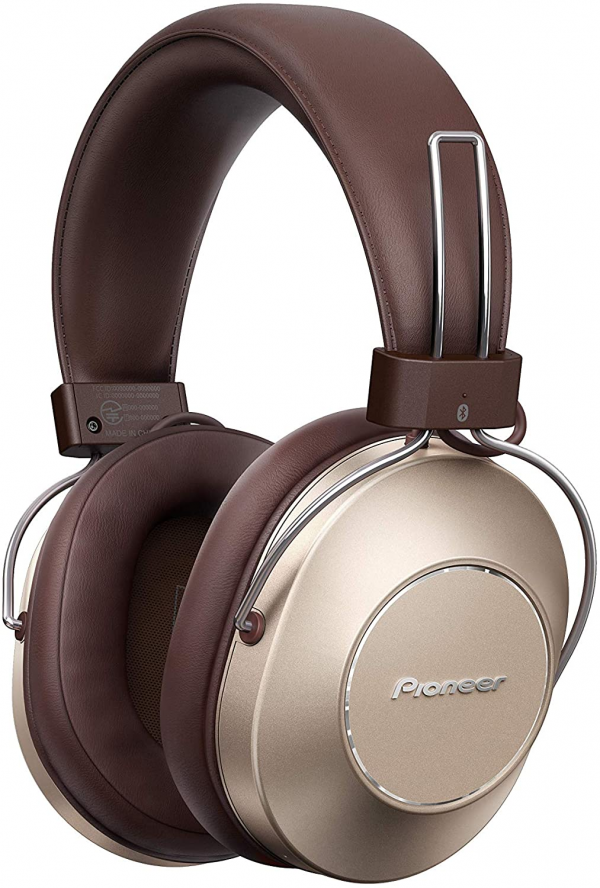Pioneer
Pioneer SE-MS9BN headset: a gentle evolution of the S7
Aprox. 170€ - see price -
Two years after the SE-MS7BT, Pioneer's flagship nomad headphones are back in a superior version with active noise reduction. The SE-MS9BN (also called S9) always promises quality and low prices (launched at 200 €).
Our review
Presentation
The SE-MS9BN or S9 has been tested in version 2.0.0 with an application in version 1.1.0 190116A. Small curiosity, the update of the helmet goes through the Google Assistant application and not through the Pioneer app. We recommend that you do it right out of the box to ensure perfect compatibility with Google Assistant and access to all the features of the Pioneer Headphone app.

Audio
The Pioneer S9 shares many common points with the S7 in terms of sound performance. Some would even say that it is a copy and paste of the previous model. Don't hesitate to take a look around the S7 to get an even more precise idea of what the S9 has in store.
Indeed, we find on this S9 the same signature in W, with always this pronounced taste for treble. The first part of the spectrum is reproduced in a relatively balanced manner, with a soft emphasis on the bass. The rendering is warm and a minimum defined to successfully dissociate the different elements that operate particularly in this area (bass, double bass, large percussion, cello, tuba, bassoon). There are, however, things to complain about when we go a little bit into detail. The extension in the extreme extremes is a bit shy, especially for closed headphones with active noise reduction. We are therefore missing a real feeling of depth from the bass. The behavior of the membranes - and by extension the precision - in this area is far from perfect. They drag on after each attack, which prevents us from having a really precise and detailed reading; a kind of veil forms, especially when the attacks are close together. The more the number of sources in this area increases, the more this effect is felt.
The uneven response in the midrange / high-midrange increases the intelligibility of the voices at the cost of respecting the timbre more than questionable. This gives a nasal appearance which is not always very pleasant. In addition, the dip towards 4.5 kHz generates a significant reduction in the sound presence. On the treble side, the behavior of the S9 is very close to that of the S7. On the one hand, the beautiful extension in the highest frequencies gives us a nice feeling of depth and space (background details and room effects), on the other, the peak around 9 Hz doesn 'is not always easy for our ears (whistling, twinkling on cymbals, for example). The effect is truly audible on songs with very little dynamics.
Harmonic Distortion Rate in Bluetooth (left) and wired (right)
The distortion of the S9 is not exemplary, but it remains acceptable, below 1% over almost the entire audible spectrum (the peak around 5 kHz is linked to the dip of 16 dB at the level of the response in frequency). Note that it is more discreet in wired use.
Active Noise Reduction is far from providing real satisfaction. Its area of effect is very limited and the reduction is relatively small compared to that of the competition. It makes it possible to attenuate the seashell effect caused by the earphones of the helmet and certain ambient noises (feeling of proximity of the human voice in particular), but not to isolate us really. Same observation with regard to the listening mode of the surrounding noises, which especially boosts the bass / midrange to perceive a little better certain sounds (engine noises, there again the feeling of proximity of human voices). The mid / high mids are always well attenuated: you always have the impression of having a helmet closed on your head, but with passive insulation that is not very effective. Difficult in this context to initiate or follow a conversation nearby. Better to take off your helmet in this case.

Conclusion
Pioneer seems to have been satisfied with the minimum to upgrade its S7. The S9 is, it is true, much richer in functionality, but many of them are far from being interesting. First, the active noise reduction of the S9 cannot compete with that offered by direct competitors. Add to that a somewhat capricious multipoint, the impossibility of using the functionalities and controls of the wired headset and a decent sound rendering, but far from brilliant, and you get a simply honest Bluetooth headset. If you are looking for a model of this kind, look rather on the side of the Backbeat Pro 2, the Sennheiser HD 4.50 BTNC Wireless or the Backbeat Go 810.


